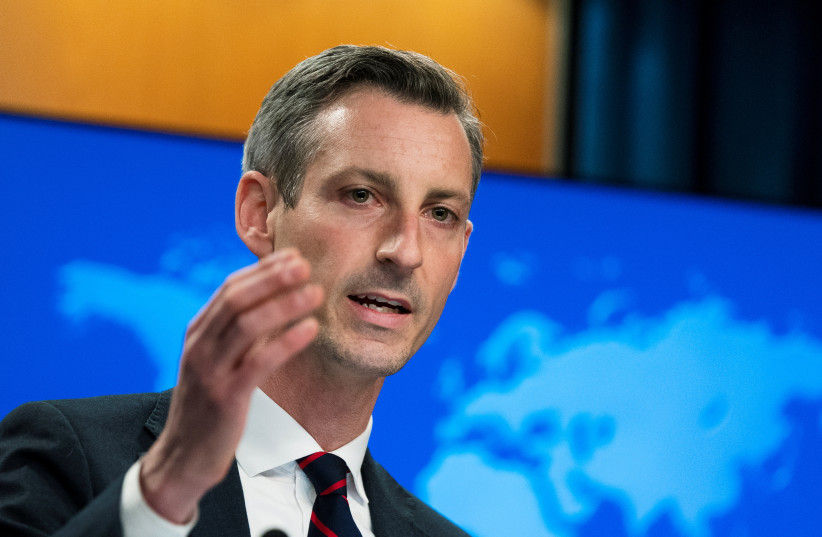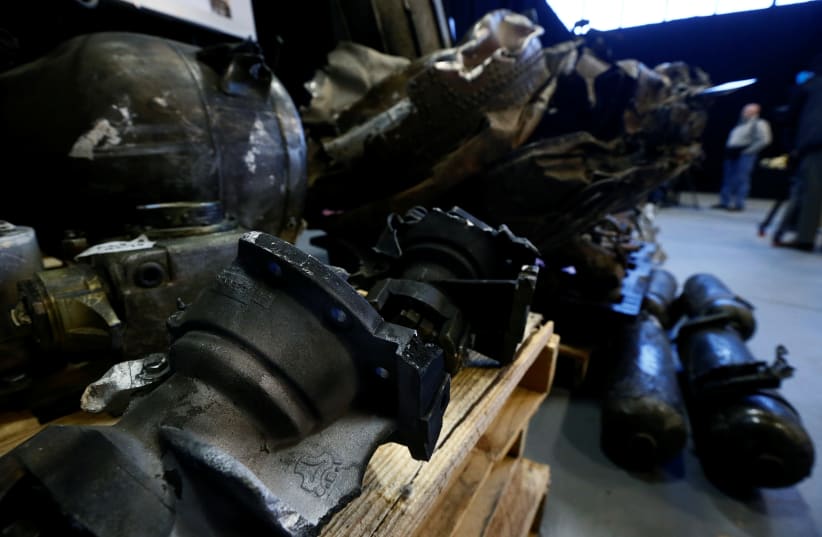The US military is mulling sending Ukraine thousands of weapons and over one million rounds of ammunition that was confiscated as it was on its way to militants in Yemen backed by Iran, The Wall Street Journal reported on Tuesday.
According to the report, US officials said they are considering sending over 5,000 assault rifles, 1.6 million rounds of bullets for small arms, and more than 7,000 proximity fuses to Ukraine.
These were seized off the coast of Yemen from smugglers that were believed to be working for Iran.
The Wall Street Journal report came a day after an opinion piece in The Washington Post by Jonathan Lord and Andrea Kendall-Taylor recommending that the West send confiscated Iranian weapons to Ukraine.
US has 'remarkable ingenuity' in helping Ukraine
At a press conference on Tuesday, a reporter asked State Department Spokesperson Ned Price about the proposal.


"Jonathan Lord, a senior fellow at the Middle East Institute, wrote an article in the Post yesterday, I believe, suggesting that you guys should give Ukraine the weapons that were seized – Iranian weapons that were seized," the reporter said. "And he says that the US Navy and the French Navy have seized weapons that were going to the Houthis. Is that something that the US would consider?"
"We’re going to continue to think creatively about how we can use what we have, how we can use what countries around the world have, how we can get to Ukraine what our Ukrainian partners need most."
State Dept. Spokesman Ned Price
"I’m not going to speak to that specific proposal, but what I will say is that we have demonstrated what I would call remarkable ingenuity in finding ways to support our Ukrainian partners," Price replied.
"We’ve been doing that when it comes to security assistance. We’ve been doing that through our own stocks. We’ve been doing that by engaging with our defense industrial base here in this country. We have played the role of broker and middleman between countries around the world who may have supplies that our Ukrainian partners need."
"So we’re going to continue to think creatively about how we can use what we have, how we can use what countries around the world have, how we can get to Ukraine what our Ukrainian partners need most," he added.
